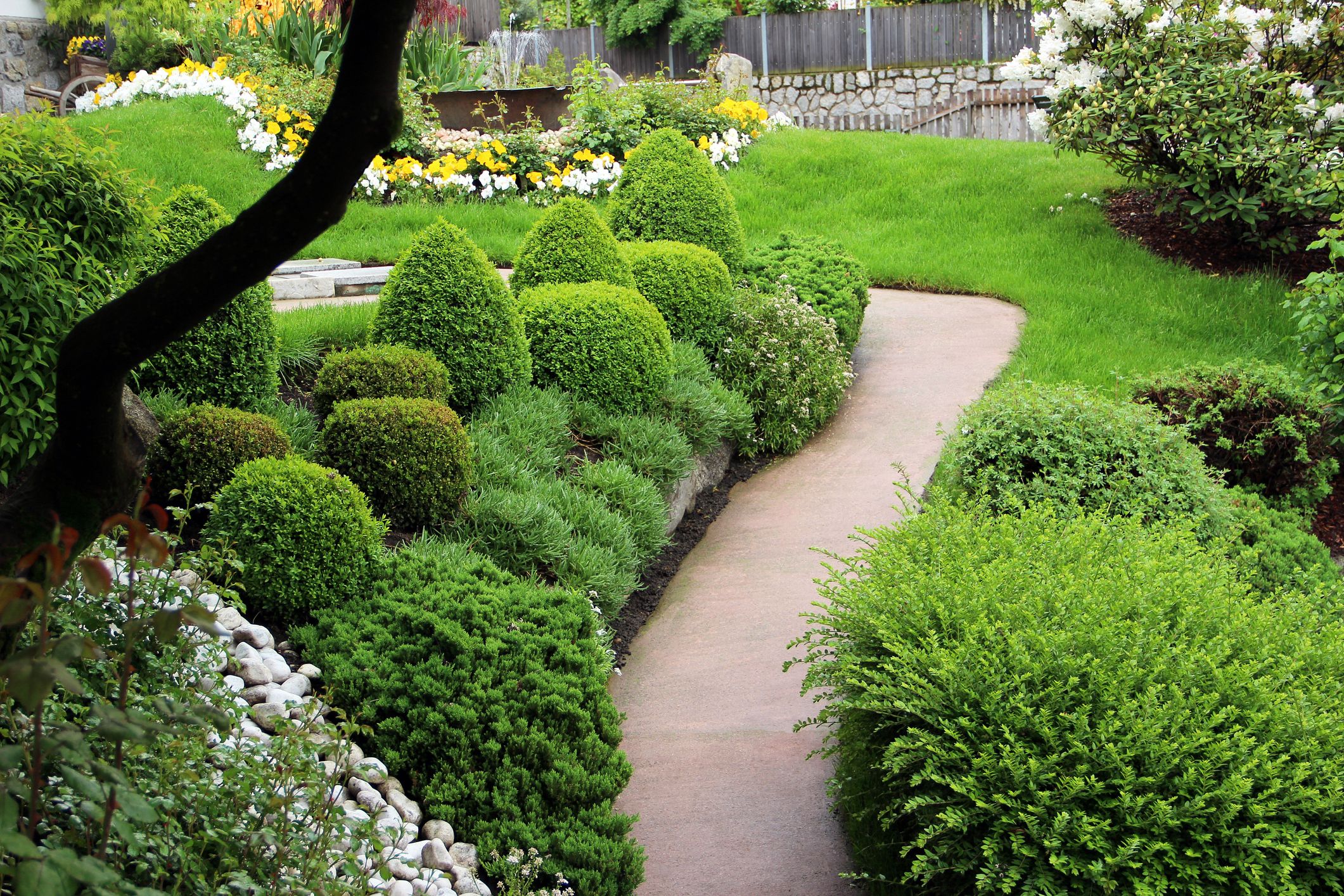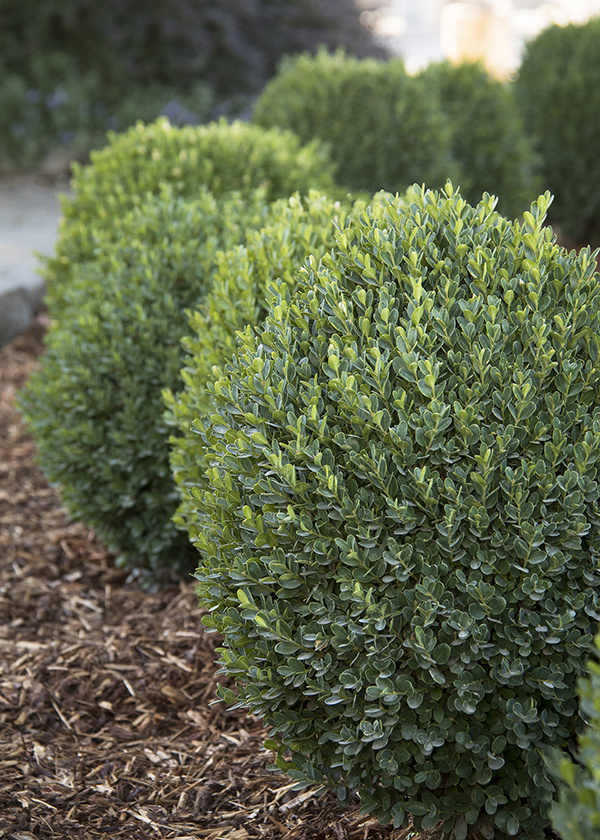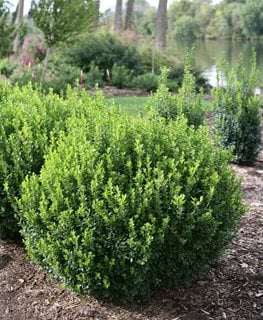Welcome to the world of decorative evergreen shrubs! Whether you are a seasoned gardener or a beginner looking to beautify your landscape, evergreen shrubs are an excellent choice. Their year-round foliage brings life and color to your yard, making them a popular option for various landscaping needs. In this article, we will deeply dive into the types, benefits, care tips, and much more regarding decorative evergreen shrubs.
What Are Evergreen Shrubs?
Evergreen shrubs are plants that retain their leaves throughout the year. Unlike deciduous plants, which shed their leaves in the fall, evergreens provide consistent foliage, adding texture and depth to your garden. They can range from small to large bushes and are available in many shapes, sizes, and colors.
Benefits of Decorative Evergreen Shrubs
Investing in evergreen shrubs offers numerous benefits that can enhance your landscape:
- Year-Round Interest: They keep your garden vibrant and visually appealing regardless of the season.
- Privacy and Windbreaks: They can provide natural barriers against wind and neighbors.
- Low Maintenance: Once established, they often require less care than flowering plants.
- Soil Stabilization: Their root systems help prevent soil erosion.
- Wildlife Habitat: Many birds and insects thrive in evergreen environments.
Popular Varieties of Decorative Evergreen Shrubs
There are many types of evergreen shrubs, each with its own unique characteristics. Here are some of the most popular varieties:
1. Boxwood (Buxus)
Boxwoods are versatile shrubs often used for hedges and topiaries. They can tolerate pruning well and can thrive in both sun and shade.
2. Japanese Holly (Ilex crenata)
This shrub resembles boxwood but has a denser growth habit. Its small, glossy leaves make it an attractive choice for low hedges.
3. Blue Spruce (Picea pungens)
Blue Spruce is a coniferous shrub known for its striking bluish-grey needles. It’s often used for ornamental purposes and can grow quite large.
4. Rhododendron
These shrubs provide stunning blooms in spring and maintain their leaves throughout winter, making them an excellent choice for colorful landscapes.
Comparison Table of Popular Evergreen Shrubs
| Variety | Height | Sunlight Requirement | Maintenance Level | Hardiness Zone |
|---|---|---|---|---|
| Boxwood | 3-15 ft | Full sun to partial shade | Low | 5-9 |
| Japanese Holly | 2-10 ft | Full sun to partial shade | Low | 6-9 |
| Blue Spruce | 15-30 ft | Full sun | Moderate | 3-7 |
| Rhododendron | 3-10 ft | Partial shade | Moderate | 4-9 |
How to Care for Decorative Evergreen Shrubs
Caring for your evergreen shrubs involves several essential steps:
1. Watering
Ensure regular watering, especially in the first year. Once established, most evergreens are quite drought-tolerant but will benefit from occasional deep watering during dry spells.

2. Fertilizing
Apply a balanced fertilizer in early spring to promote healthy growth. This is especially important for flowering types like rhododendrons.
3. Pruning
Regular pruning helps maintain shape and encourages new growth. Be careful not to prune too heavily, especially in fall and winter, as this can stress the plant.

4. Pest Management
Keep an eye out for pests such as spider mites or scale. A regular check-up regime can help you catch any issues early.
5. Mulching
Adding a layer of mulch helps retain moisture and suppress weeds. Organic mulch also enriches the soil as it decomposes.

Common Problems with Evergreen Shrubs
Like all plants, evergreen shrubs can encounter various problems. Here are some common issues and how to address them:
Pests
Insects such as aphids, scale insects, and spider mites can damage shrubs. Regular inspections and the use of neem oil or insecticidal soap can help control these pests.

Diseases
Fungal diseases like root rot may affect poorly drained soils. Ensure good drainage and avoid overwatering to prevent root rot.
Environmental Stress
Extreme temperatures or drought can lead to stress. Choosing the right species for your climate is crucial.
Pros and Cons of Evergreen Shrubs
| Pros | Cons |
|---|---|
| Provides year-round greenery. | Limited color diversity compared to flowering shrubs. |
| Great for privacy and windbreaks. | Some varieties require regular maintenance. |
| Low water requirements once established. | Can be susceptible to pests and diseases. |

Decorating with Evergreen Shrubs
Evergreen shrubs can be used creatively in your landscape design. Here are some ideas:
1. Hedges
Boxwoods and Japanese hollies are often used to create clean, manicured hedges. They provide privacy while adding structure to your garden.
2. Accent Plants
Use larger evergreens like the Blue Spruce as focal points in your landscape. Pair them with flowering plants for contrast.

3. Foundation Planting
Plant evergreen shrubs at the base of your home to soften hard edges and create a welcoming entrance.
4. Seasonal Color
Combine evergreens with seasonal flowers to provide year-round color. For example, pair rhododendrons with spring flowering bulbs.
FAQs About Decorative Evergreen Shrubs

1. What are the best evergreen shrubs for small spaces?
Some excellent options for small spaces include dwarf varieties of boxwood, Japanese holly, and dwarf Alberta spruce.
2. Can evergreen shrubs grow in shade?
Yes, many evergreen shrubs can tolerate shade. Look for varieties specifically suited for shaded areas, such as Japanese holly and certain rhododendrons.
3. How do I prevent my evergreen shrubs from turning brown?
Brown leaves can indicate water stress or pest issues. Ensure adequate watering and regular pest inspections.
4. Are evergreen shrubs deer resistant?
While no plant is entirely deer-proof, some evergreen shrubs like boxwoods and holly are less palatable to deer.
5. When should I prune my evergreen shrubs?
It’s best to prune evergreens in late winter or early spring before new growth begins. Avoid heavy pruning in fall, which can expose plants to winter damage.